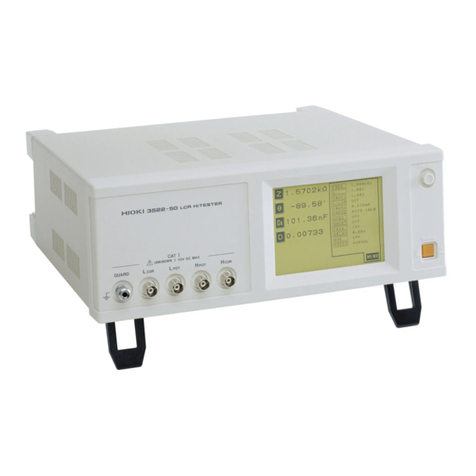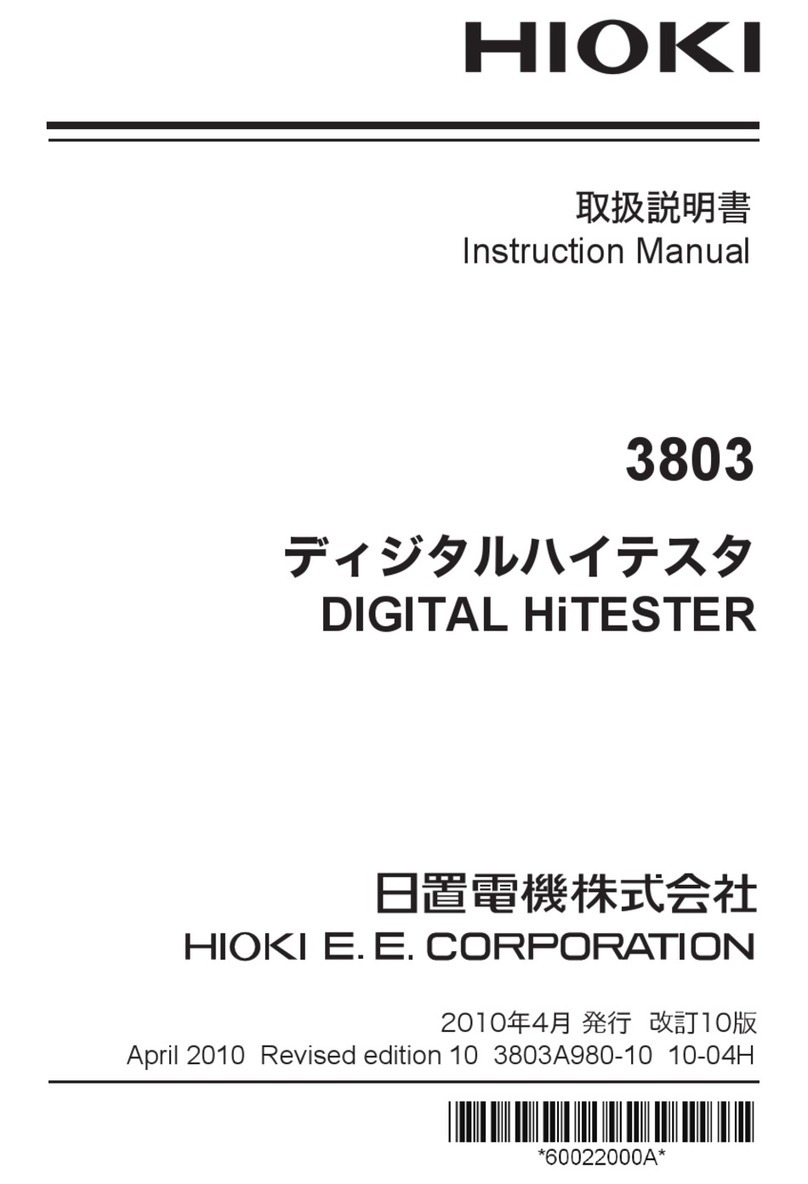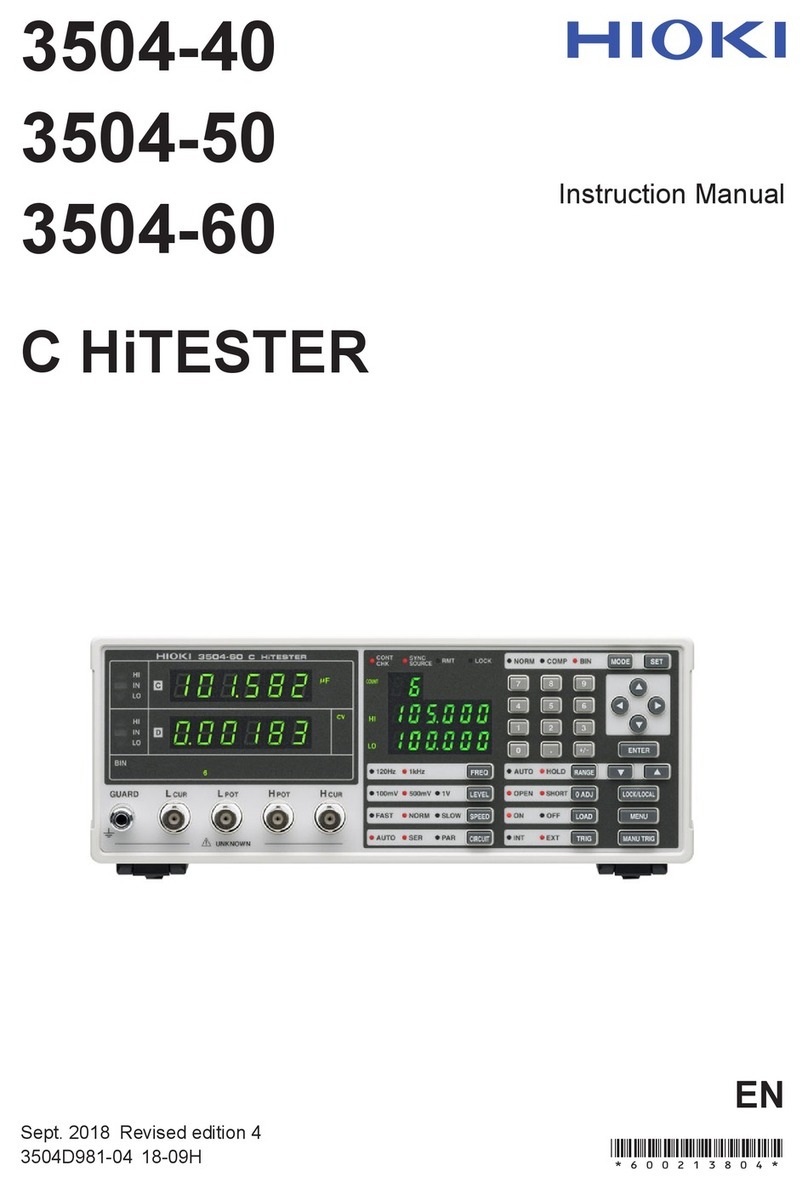Hioki 3169-20 Instruction manual
Other Hioki Test Equipment manuals

Hioki
Hioki 3286 User manual

Hioki
Hioki 9263 User manual

Hioki
Hioki 3159 User manual

Hioki
Hioki 3157 User manual
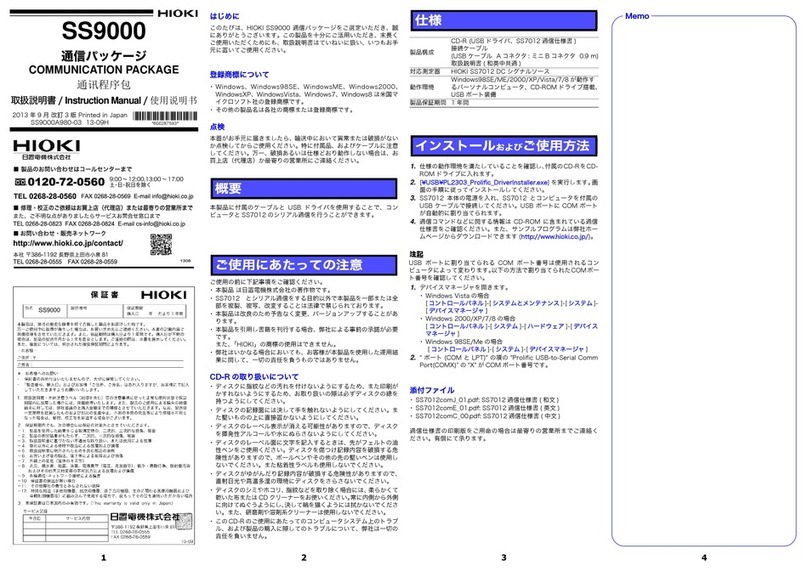
Hioki
Hioki SS9000 User manual

Hioki
Hioki 3285-20 User manual

Hioki
Hioki CLAMP ON LEAK HiTESTER 3283 User manual
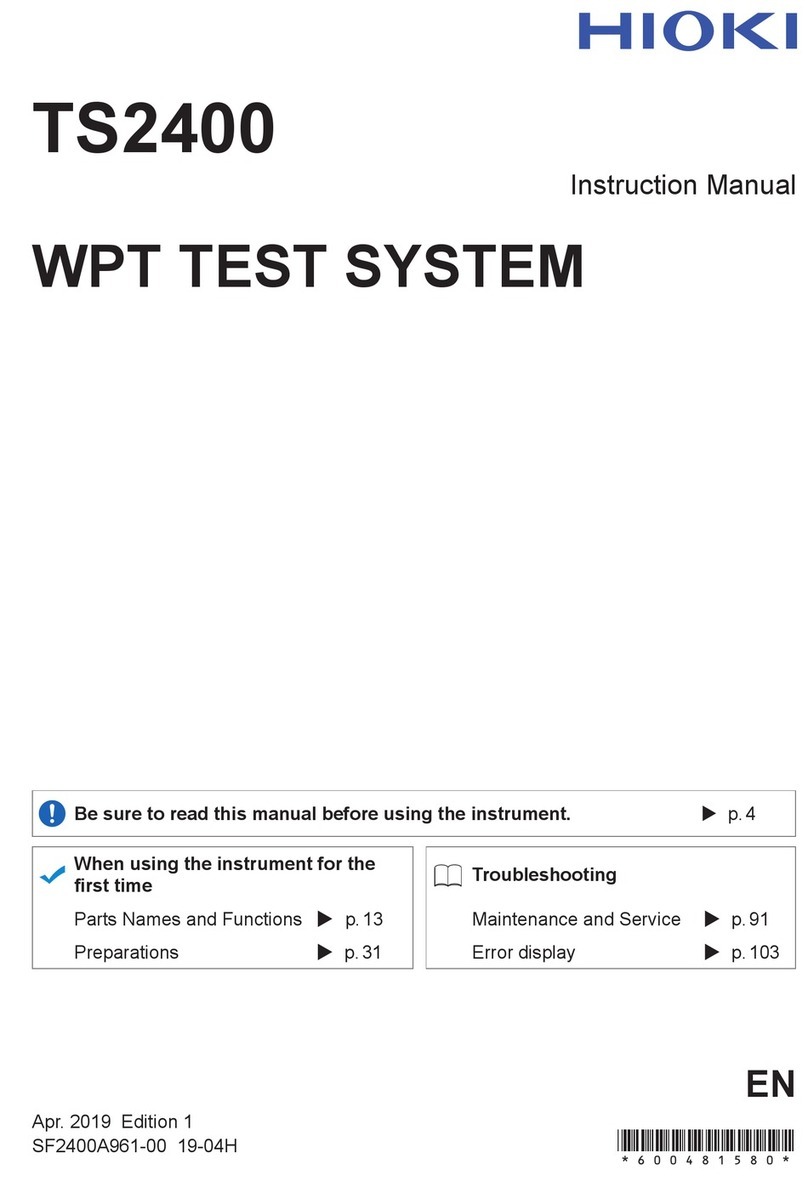
Hioki
Hioki TS2400 User manual
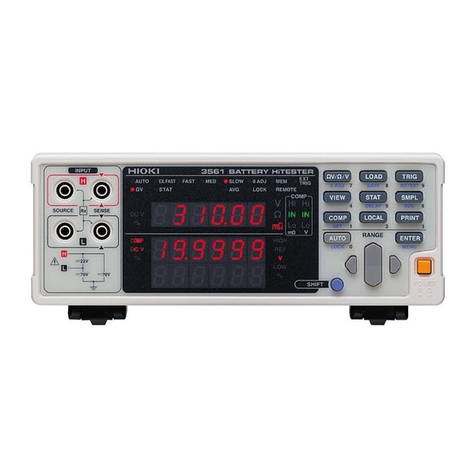
Hioki
Hioki 3561 User manual
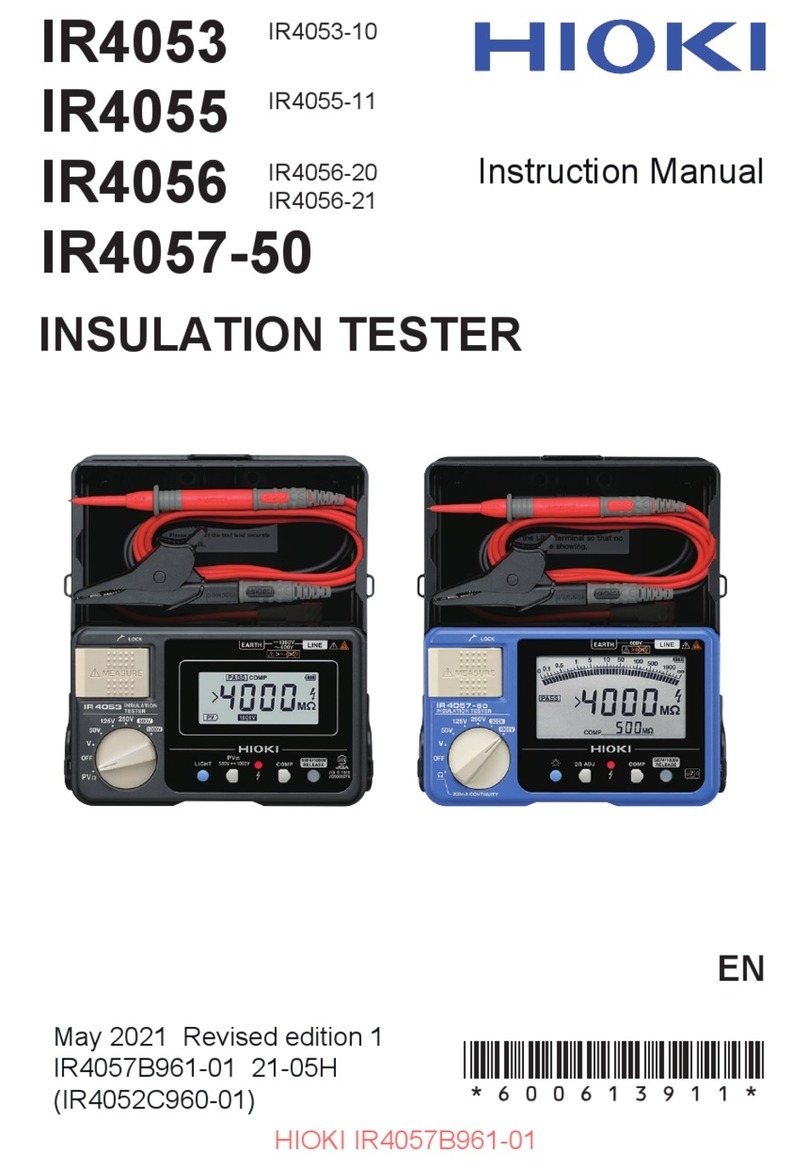
Hioki
Hioki IR4057-50 User manual

Hioki
Hioki BT3554-50 User manual
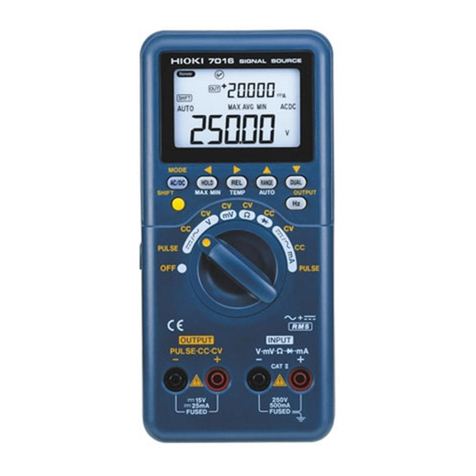
Hioki
Hioki 7016 User manual
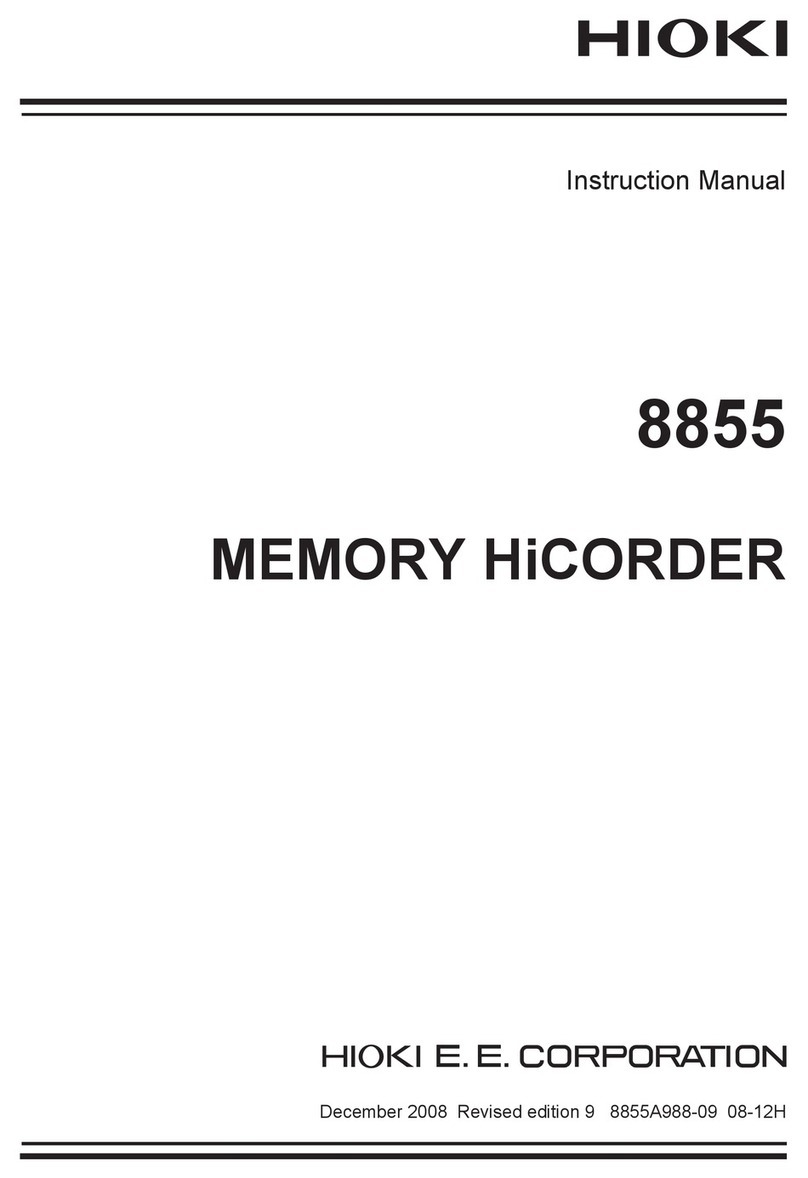
Hioki
Hioki MEMORY HiCORDER 8855 User manual

Hioki
Hioki 3285 User manual
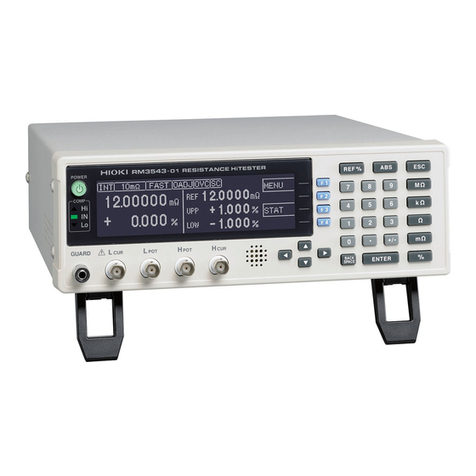
Hioki
Hioki RM3543 User manual
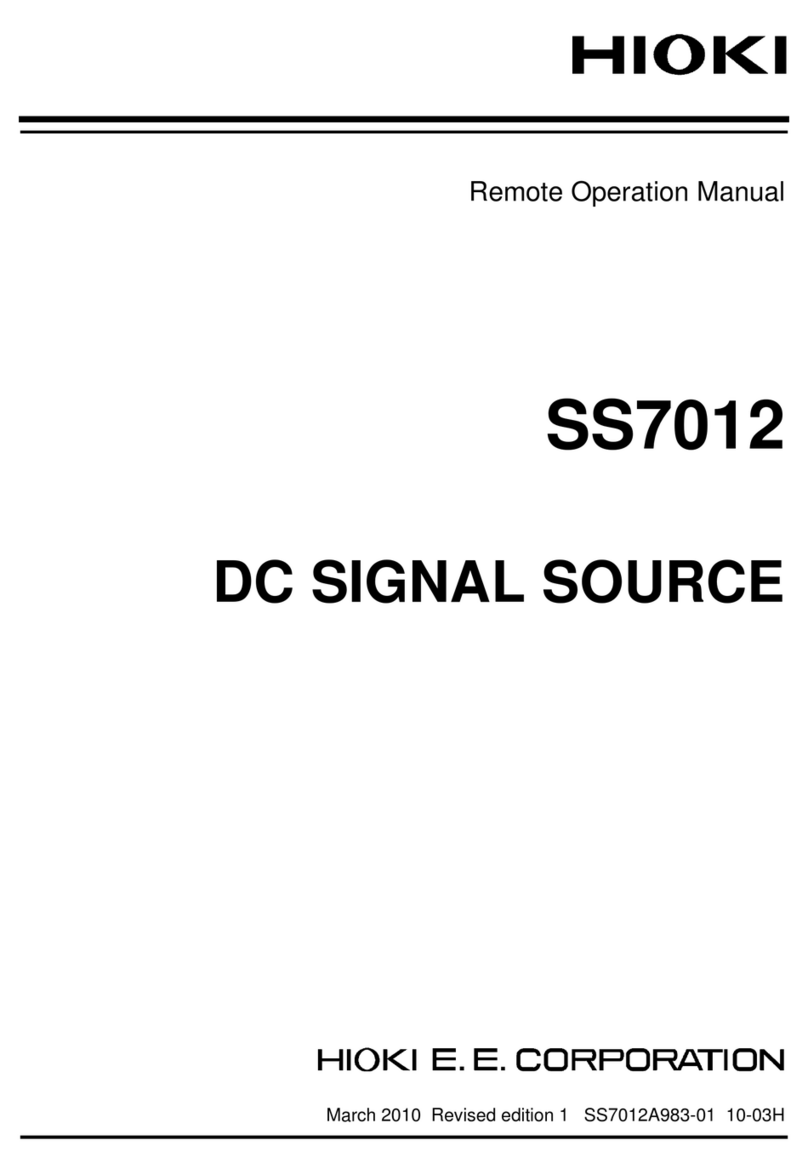
Hioki
Hioki SS7012 User manual

Hioki
Hioki 3290-10 User manual
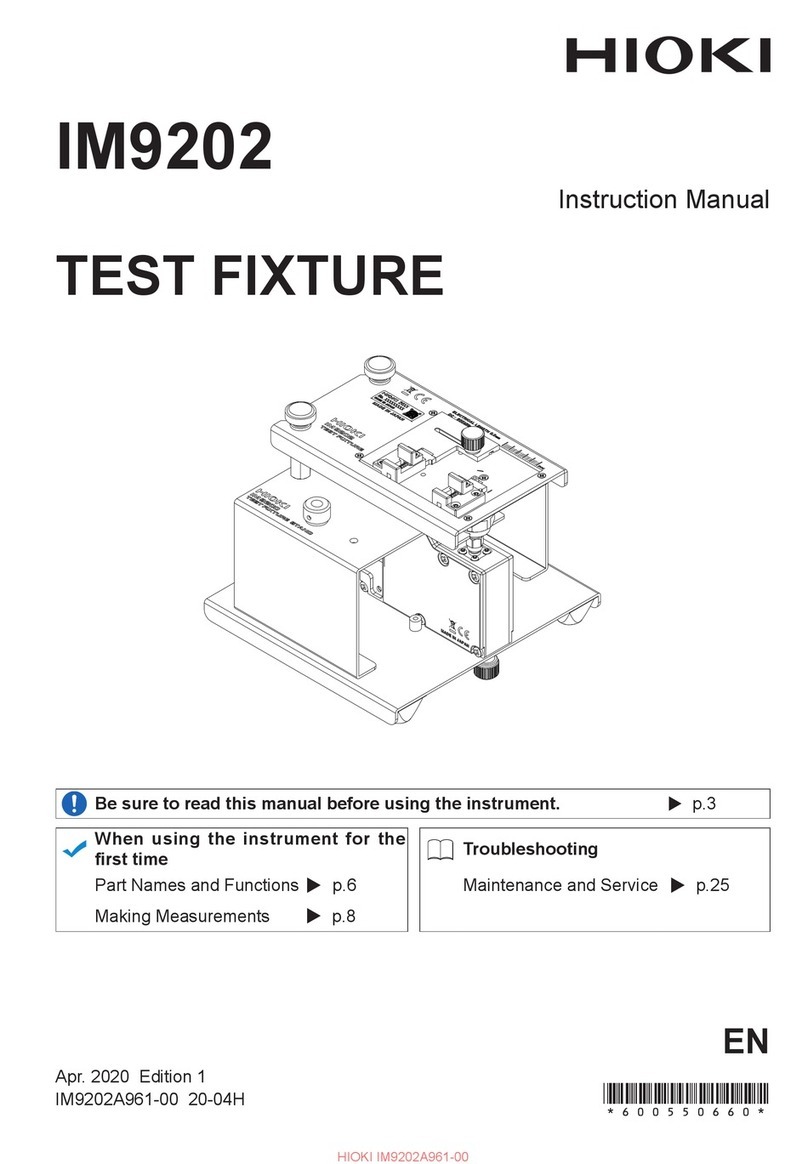
Hioki
Hioki IM9202 User manual

Hioki
Hioki FT3151 User manual

Hioki
Hioki DT4261 User manual
